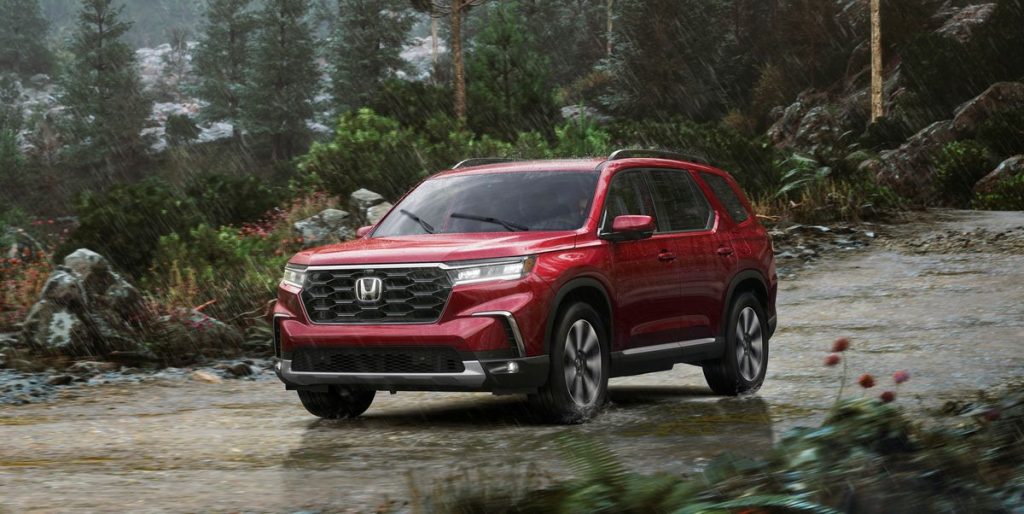
Toyota reintroduced the Venza last year, and it now slots comfortably between the popular RAV4 and the updated Highlander. All three of these cars have had considerable modifications and look much different than they did a decade ago; the Venza has a hybrid drivetrain, and the other two are also available as hybrids. Yet, the Toyota 4Runner stands firm, a workhorse amid show horses in the brand’s SUV portfolio. Apart from a front and rear fascia refresh and some interior tweaks, the 4Runner is appealing for its timeless design. When you have pet dogs, it is a wise option to get a 4Runner. It is simple for you to transport them.
- The rugged SUV has entered its fifth generation. The setting made sense; the 4Runner is certainly aimed towards the outdoorsy type, and it succeeds in that regard. The Highlander has stronger handling and comfort features, but the adaptable RAV4 outsells it by more than three to one. Off-road, though, the 4Runner is difficult to beat. It competes in different ways with the Jeep Grand Cherokee and the Jeep Wrangler, but it holds its own.

- The 4Runner isn’t currently available as a hybrid, but it appears that the SUV will have to join the brand. Is the 270-horsepower, automatic-transmission 4.0-liter V6 a tad clunky on the road? Yes. Is there a ponderous sensation when you accelerate? Yes. The 4Runner boasts all of Toyota’s driver-assist systems, and the seats are quite comfy, especially in TRD variants. The back seats recline, which is really comfortable. Always, try choosing
It struck me as odd that a twist of the big climate control knob does not reflect the temperature in the cabin; instead, it displays a gradient from freezing to hot, and it is a guessing game. I would want to see the touchscreen refreshed and the audio controls simplified. But that isn’t why I would go for a 4Runner. It’s like putting on your favorite baseball glove after you’ve reconditioned it: you know it’ll fit and perform precisely the way you want it to, and you can rely on it.








